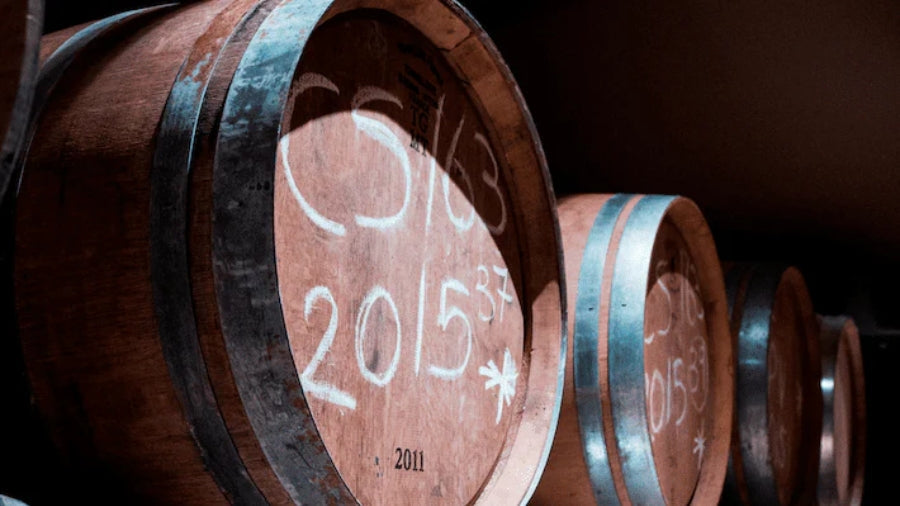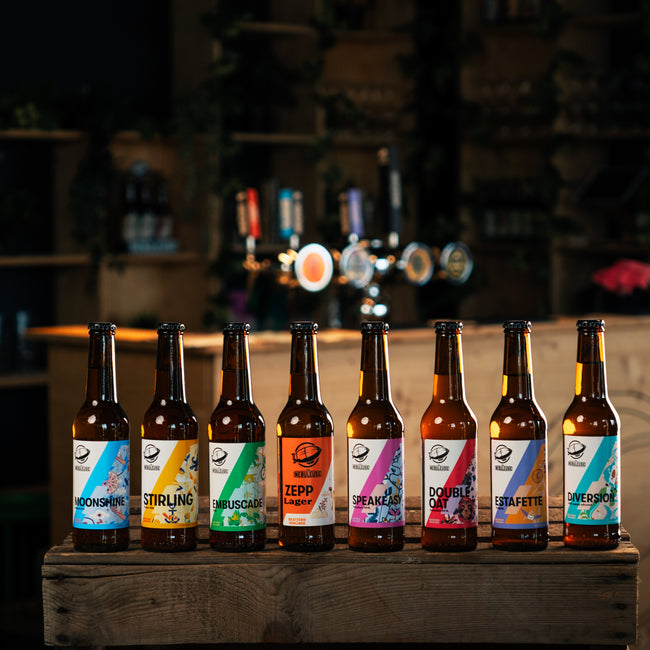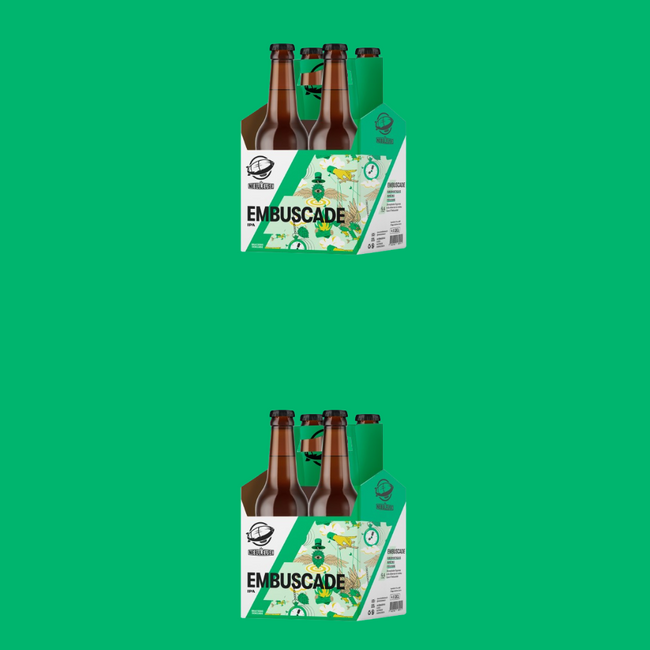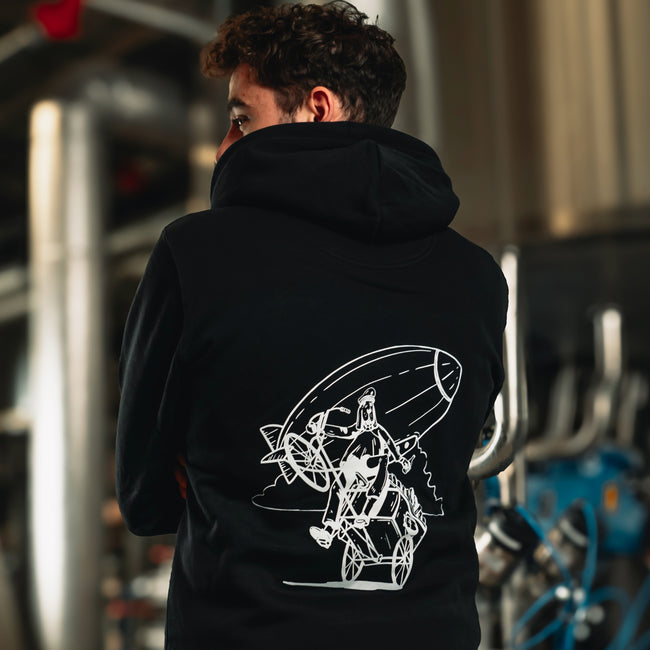Lager beers between tradition and modernity

Beers are like good stories: some survive the ages without losing a wrinkle. Lager beers are one of them. Born from peasant know-how and good old-fashioned brewing sense, they are there to last, mature, and transform. These beers, designed for aging , are today reinterpreted by craft breweries, between respect for traditions and exploration of new flavors.
Long maturation, high fermentation, capricious yeasts, almost sacred aging time... This style lives to the rhythm of patience. But with the rise of craft, it evolves, shakes up its codes and rubs shoulders with more modern techniques.
Origins and profile of ageing beers
A question of survival (and good taste)
Back then, brewing wasn't just about fun; it was about survival. In northern France and Belgium, people brewed in winter for a simple reason: to avoid bacterial contamination from summer temperatures. There were no cold rooms or on-demand fermentation controls, so the brews were stored in cellars, where they matured slowly, developing rich and complex aromas.
These beers were designed to last. The focus was on malts and yeasts, not hops, which, at the time, played a purely preservative role. Over time, they took on notes of toast, caramel, and dried fruit, evolving in the bottle and revealing a unique character with each sip.
A profile that changes over time
If a beer for keeping were a person, it would be this friend who becomes more interesting with age. When young, it has notes of cereals, yellow fruits, and a nice roundness. Over time, it gains complexity, developing spicier, woodier, and even slightly oxidative touches reminiscent of sherry or certain barrel-aged beers.
The secret? Well-chosen malts that give it body, a top fermentation that allows the yeasts to do their best, and a long enough aging time for everything to harmonize. Estafette , a generous Belgian triple with its Pilsener and Biscuit malts, is inspired by this Belgian brewing tradition, offering a beautiful balance between warmth and spicy notes.
Brewing and aging: time, the magic ingredient
A process where patience is king
Time and balance are the key words. Unlike IPAs like Double Oat , which rely on the freshness of hops, bière de garde focuses on evolution.
It all starts with a robust malt base that provides good structure and aromatic richness. There's no question of overloading the hops: they're there to add a little bitterness and stabilize the beer, not to steal the show.
Next comes top fermentation, between 18 and 24°C. This is where the yeast does its work and begins to develop fruity and spicy esters. Then comes maturation, which can last several weeks or even months. Here, the flavors blend, the aromas become more refined, and the beer gains character.
Aging: A Gentle Transformation
Aging is a bit like finely aging. A young beer will be livelier and fruitier. Over time, it evolves, revealing aromas of hazelnut, dried fruit, and sometimes even woody notes.
And that's the whole point of these beers: they're alive. Depending on the aging time and storage conditions, they offer unique nuances, making each tasting a different experience.
New interpretations of ageing beers
When tradition meets innovation
Craft breweries have been quick to reinterpret this style. Some are shortening the ageing time by using expressive yeasts , capable of developing aromatic complexity in less time.
Others are experimenting with barrel aging, which adds woody and vanilla notes, giving the beer extra depth. We're also seeing the emergence of dry-hopped bières de garde, where hops are added at the end of fermentation to add a fruity and floral touch that contrasts with the roundness of the malt.
Hybridization and experiments
Today, styles are blending together to create hybrid beers. Zepp , for example, shows how a craft lager can play on the finesse of the malts and the nobility of the hops to create a balanced beer that improves slightly with age.
Conclusion
Bières de garde are a tribute to patience and time. Extended aging and its influence on the evolution of flavors have inspired the world of modern brewing. Long fermentation, prolonged maturation, capricious yeasts... This style reminds us that some beers improve with age, and that haste doesn't always lead to the best discoveries.
Today, craft breweries are rediscovering this philosophy, experimenting with new aging methods and bold hybridizations. We're a long way from the rigid style of yesteryear: bière de garde is becoming a playground for brewers, an exploration of time and malt, an invitation to slow down and savor.
So, the next time you come across a beer that's taking its time, take yours too. After all, some things are worth waiting for.









